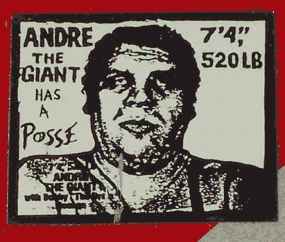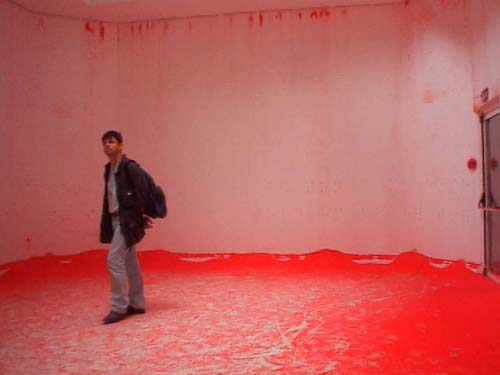An artist we discussed today was Fred Wilson who was a conceptual artist born in 1954 in the Bronx. Fred considers himself an African American, European and Amerindian descent. Wilson received the MacArthur Foundation Genius Grant in 1999 and the Larry Aldrich Foundation Award in 2003. Fred was also lucky enough to represent the United States at the Biennial Cairo in 1992 and the Venice Biennale in 2003. He is an artist and curator whose career has gone through four decades.
Wilson has a unique approach to his art is to examine, question, and deconstruct that usual display of art in a museum. His use of new wall labels, sounds, lighting, and non-traditional paintings of objects, lead his viewers to view the changes in the meaning. In his installation at the 2003 Venice Biennale he employed a tourist to pretend to be an African street vendor selling fake bags. Wilson also incorporated sculptures of African American people in the role of servants in his show.
- Conner-















